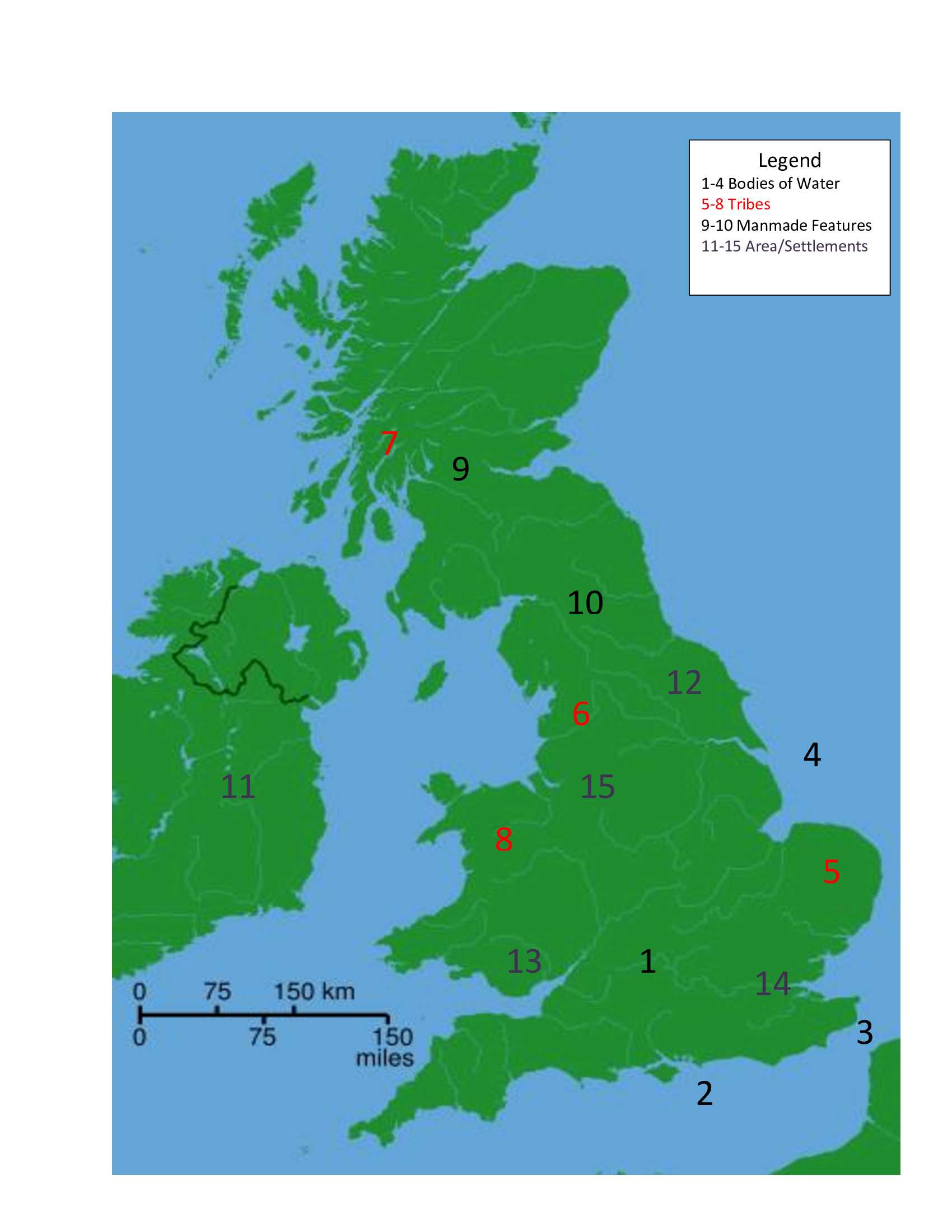
Mapping Roman Britannia Trivia Quiz
The Romans began their conquest of Britannia in 43 AD, and ruled the land as part of their empire until 410. Look at the map's legend and see if you can identify bodies of water, tribes, man made features, and settlements in Roman Britannia.
A label quiz
by ponycargirl.
Estimated time: 3 mins.
